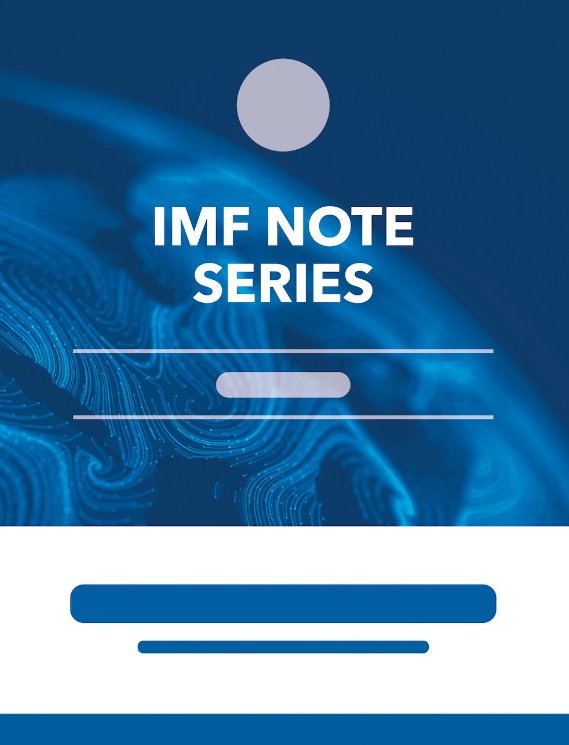Namibia: Financial System Stability Assessment
March 15, 2018
Summary
The paper assesses the stability of Namibia’s financial system. Macrofinancial vulnerabilities have built up over a period of rapid economic growth in Namibia, and the financial cycle has now turned down. The sovereign debt/GDP ratio has nearly doubled since 2014 which has reinforced the already strong bank-sovereign link. The rapid rise in housing prices and household debt, banks’ large exposure to mortgages, and banks reliance on wholesale funding are sources of concern. A major decline in real estate prices would adversely affect bank capital and profitability. Financial sector oversight has been strengthened significantly since the 2006 Financial System Assessment Program, but further upgrades are needed.
Subject: Banking, Commercial banks, Expenditure, Financial institutions, Financial regulation and supervision, Financial services, Insurance companies, Nonbank financial institutions, Pension spending
Keywords: Africa, bank assets, bank capital, bank default, bank funding, bank of Namibia, Bank of Namibia and NAMFISA Acts, cars well, Commercial banks, CR, financial system, Global, ISCR, market conduct issue, markets Bill, Nonbank financial institutions, NPL ratio, oversight action, Pension spending, unit trust
Pages:
71
Volume:
2018
DOI:
Issue:
077
Series:
Country Report No. 2018/077
Stock No:
1NAMEA2018002
ISBN:
9781484347089
ISSN:
1934-7685






